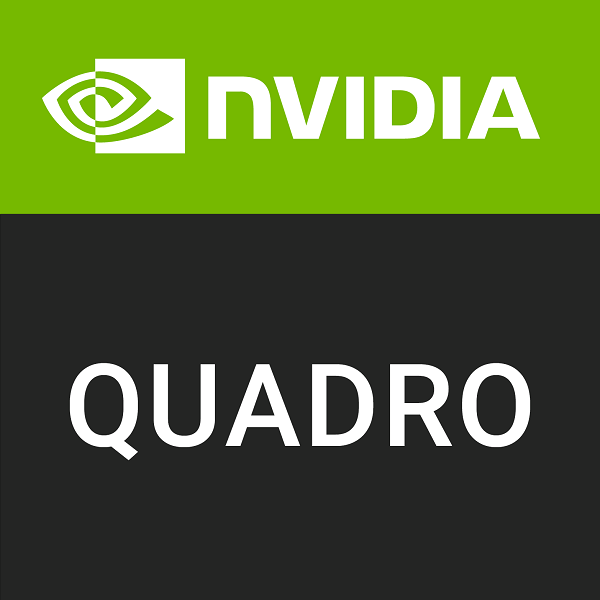Intel Data Center GPU Max 1350 vs NVIDIA Quadro RTX 3000 Max Q
We compared two Professional market GPUs: 96GB VRAM Data Center GPU Max 1350 and 6GB VRAM Quadro RTX 3000 Max Q to see which GPU has better performance in key specifications, benchmark tests, power consumption, etc.
Main Differences
Intel Data Center GPU Max 1350 's Advantages
Released 3 years and 8 months late
Boost Clock has increased by 28% (1550MHz vs 1215MHz)
More VRAM (96GB vs 6GB)
Larger VRAM bandwidth (2458GB/s vs 288.0GB/s)
12416 additional rendering cores
NVIDIA Quadro RTX 3000 Max Q 's Advantages
Lower TDP (60W vs 450W)
Score
Benchmark
FP32 (float)
Data Center GPU Max 1350
+852%
44.44 TFLOPS
Quadro RTX 3000 Max Q
4.666 TFLOPS
Graphics Card
Jan 2023
Release Date
May 2019
Data Center GPU
Generation
Quadro Mobile
Professional
Type
Professional
PCIe 5.0 x16
Bus Interface
PCIe 3.0 x16
Clock Speeds
750 MHz
Base Clock
600 MHz
1550 MHz
Boost Clock
1215 MHz
1200 MHz
Memory Clock
1500 MHz
Memory
96GB
Memory Size
6GB
HBM2e
Memory Type
GDDR6
8192bit
Memory Bus
192bit
2458GB/s
Bandwidth
288.0GB/s
Render Config
-
-
-
-
SM Count
30
14336
Shading Units
1920
896
TMUs
120
0
ROPs
64
896
Tensor Cores
240
112
RT Cores
30
64 KB (per EU)
L1 Cache
64 KB (per SM)
408 MB
L2 Cache
3 MB
-
-
-
Theoretical Performance
0 MPixel/s
Pixel Rate
77.76 GPixel/s
1389 GTexel/s
Texture Rate
145.8 GTexel/s
44.44 TFLOPS
FP16 (half)
9.331 TFLOPS
44.44 TFLOPS
FP32 (float)
4.666 TFLOPS
44.44 TFLOPS
FP64 (double)
145.8 GFLOPS
Board Design
450W
TDP
60W
850 W
Suggested PSU
-
No outputs
Outputs
No outputs
-
Power Connectors
None
Graphics Processor
Ponte Vecchio
GPU Name
TU106
-
-
-
Generation 12.5
Architecture
Turing
Intel
Foundry
TSMC
10 nm
Process Size
12 nm
100 billion
Transistors
10.8 billion
1280 mm²
Die Size
445 mm²
Graphics Features
12 (12_1)
DirectX
12 Ultimate (12_2)
4.6
OpenGL
4.6
3.0
OpenCL
3.0
N/A
Vulkan
1.3
-
CUDA
7.5
6.6
Shader Model
6.6






